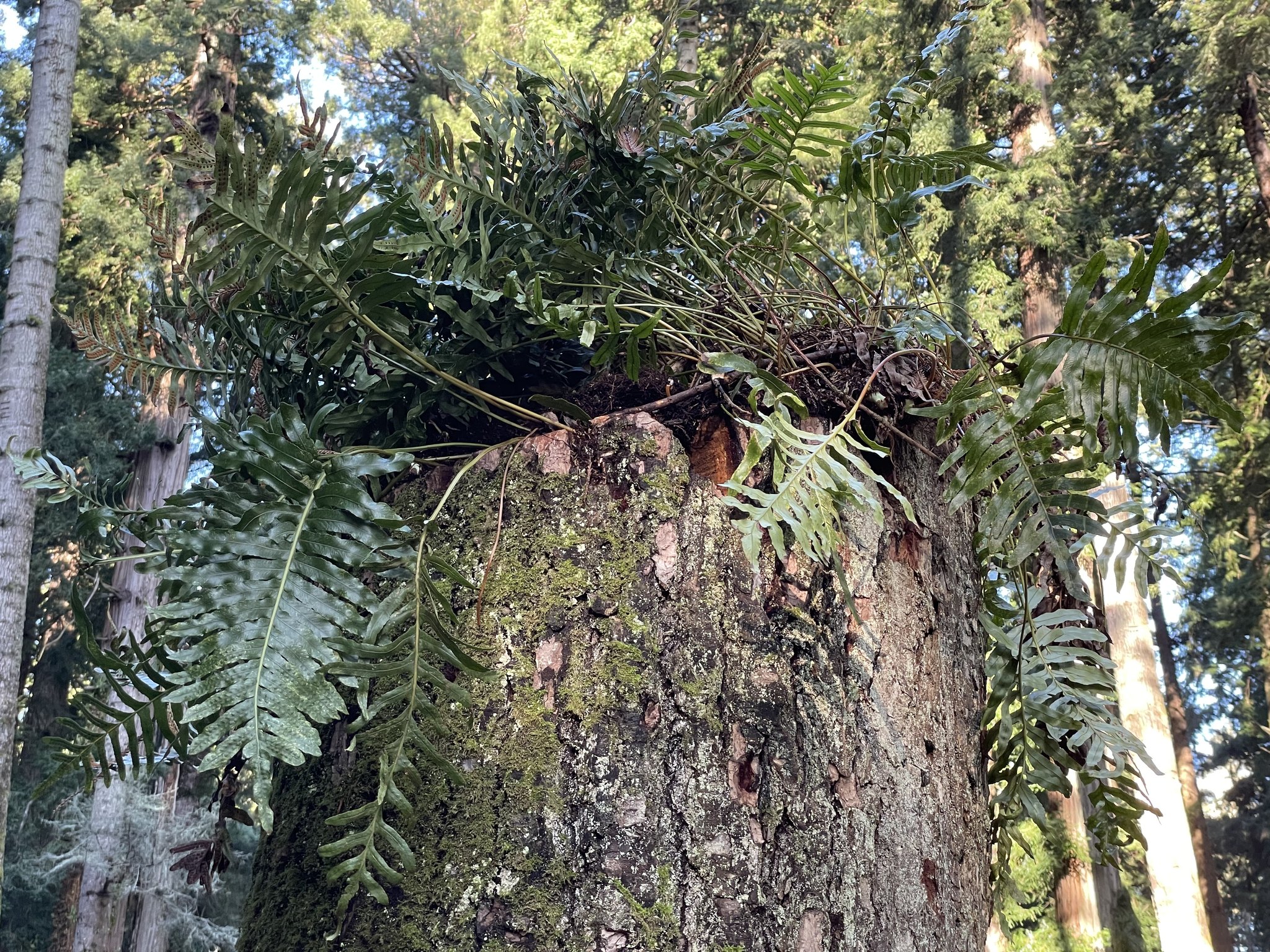- Introduction to Amphibian Week and its significance in promoting conservation.
- The ecological complexity of redwood forest canopies and the role of fern mats.
- Detailed insight into the wandering salamander and its arboreal habitat.
- Contributions of Sequoia Park Zoo and conservation successes.
- The importance of community involvement and scientific research in conservation efforts.
Amphibian Week serves as an important time to spotlight the incredible biodiversity and critical conservation needs of amphibians. This week galvanizes efforts across various sectors to not only appreciate these remarkable creatures but to safeguard their habitats. Amphibians play vital roles in ecosystems, acting as both predator and prey while also indicating environmental health. During Amphibian Week, organizations focus on raising awareness about the challenges amphibians face, including habitat loss, climate change, pollution, and diseases like chytridiomycosis.
One of the fascinating aspects of amphibian habitats is the redwood forest canopy. These towering giants are home to complex ecosystems. High above the ground, fern mats create moist microenvironments essential for many species. Among them is the leather leaf fern, a critical component in these canopy microhabitats. These ferns establish a unique environment by retaining moisture and providing a substratum for various organisms. The moisture content in these mats is crucial, especially in dryer periods, enabling species to thrive where they might otherwise not.
A notable inhabitant of these lofty ecosystems is the wandering salamander, Aneides vagrans. Unlike most salamanders that rely on terrestrial or aquatic environments, the wandering salamander is adapted to an arboreal lifestyle. Spending its life high in the canopy, it depends on the moist, stable climate created by the fern mats. This adaptation includes specialized physical traits, such as a flattened body for navigating through narrow spaces and a prehensile tail to aid in climbing. These salamanders are critical in controlling insect populations, highlighting their ecological importance.
At Sequoia Park Zoo, a recent conservation initiative has focused on enhancing these unique canopy environments. Scientist Christian Brown, supported by a conservation grant, embarked on a project to establish artificial fern mats on accessible redwood snags and burls. These efforts have created additional habitat for arboreal species, and early observations are promising. Wandering salamanders have already been spotted inhabiting these newly formed ecosystems. The project underscores the potential for conservation science to create viable solutions to habitat loss.
Community engagement and scientific research are at the heart of successful conservation work. The involvement of visitors and zoo staff in observing and reporting sightings of wandering salamanders plays a crucial role. This citizen science effort enriches the data available for ongoing research, helping scientists monitor population dynamics and habitat preferences. By fostering public interest and participation, the project also educates individuals about the delicate balance of these ecosystems and the importance of protecting them.
Through initiatives like Amphibian Week and innovative conservation projects, there is hope for improving the outlook for amphibians. Emphasizing education, research, and community involvement aids in creating a sustainable future for these critical members of our global ecosystem. Each effort contributes to a broader understanding of the challenges and solutions within the field of wildlife conservation, inspiring continued action and support.
*****
Source Description
It’s Amphibian Week!
Have you noticed fern mats high in the redwood forest canopy? These mini ecosystems are structured around leather leaf ferns that create moist microclimates where many species thrive, including the wandering salamander! These native salamanders are arboreal, spending their lives in the forest canopy.
Taking advantage of some snags and redwood burls accessible and viewable from the Redwood Sky Walk, Sequoia Park Zoo Conservation Grant recipient and scientist Christian Brown planted fern mats to support these incredible arboreal species. Zoo staff and visitors have already observed wandering salamanders in these new fern mat ecosystems!


